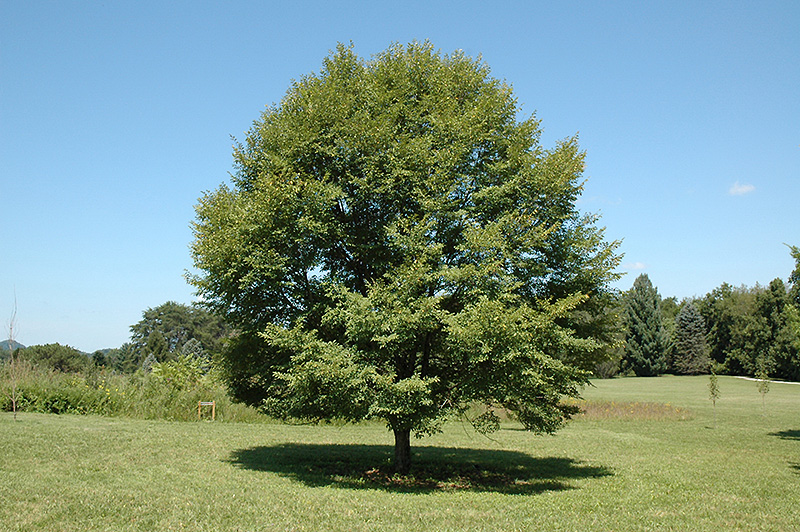Plant Search Tool
This is a 3rd party Knowledgebase and does not reflect actual stock
Height: 40 feet
Spread: 30 feet
Sunlight:
![]()
Hardiness Zone: 3a
Other Names: David Elm
Description:
A medium sized tree with an artistic, spreading habit of growth and pendant branches, beautiful when mature; hardy and adaptable, notably smaller than American elm, makes a great lawn tree for home landscapes; resistant to Dutch elm disease
Ornamental Features
Japanese Elm has dark green deciduous foliage on a tree with an upright spreading habit of growth. The serrated pointy leaves turn an outstanding yellow in the fall.
Landscape Attributes
Japanese Elm is a deciduous tree with an upright spreading habit of growth. Its relatively fine texture sets it apart from other landscape plants with less refined foliage.
This is a relatively low maintenance tree, and is best pruned in late winter once the threat of extreme cold has passed. It has no significant negative characteristics.
Japanese Elm is recommended for the following landscape applications;
- Shade
Planting & Growing
Japanese Elm will grow to be about 40 feet tall at maturity, with a spread of 30 feet. It has a high canopy with a typical clearance of 6 feet from the ground, and should not be planted underneath power lines. As it matures, the lower branches of this tree can be strategically removed to create a high enough canopy to support unobstructed human traffic underneath. It grows at a fast rate, and under ideal conditions can be expected to live for 70 years or more.
This tree should only be grown in full sunlight. It is very adaptable to both dry and moist locations, and should do just fine under average home landscape conditions. It is not particular as to soil type or pH, and is able to handle environmental salt. It is highly tolerant of urban pollution and will even thrive in inner city environments. This species is not originally from North America.






